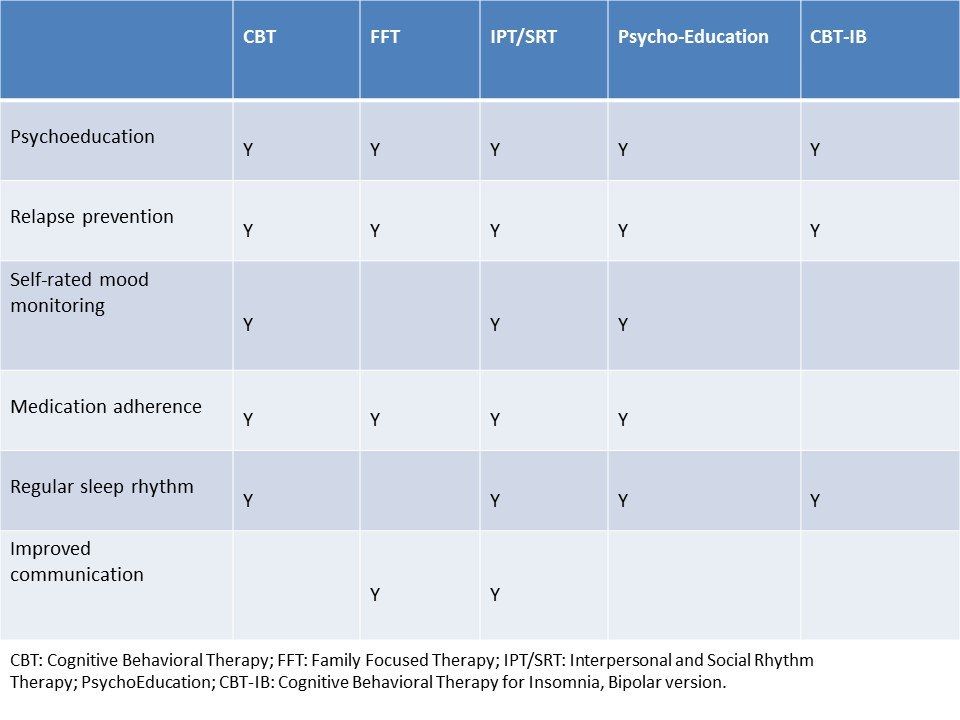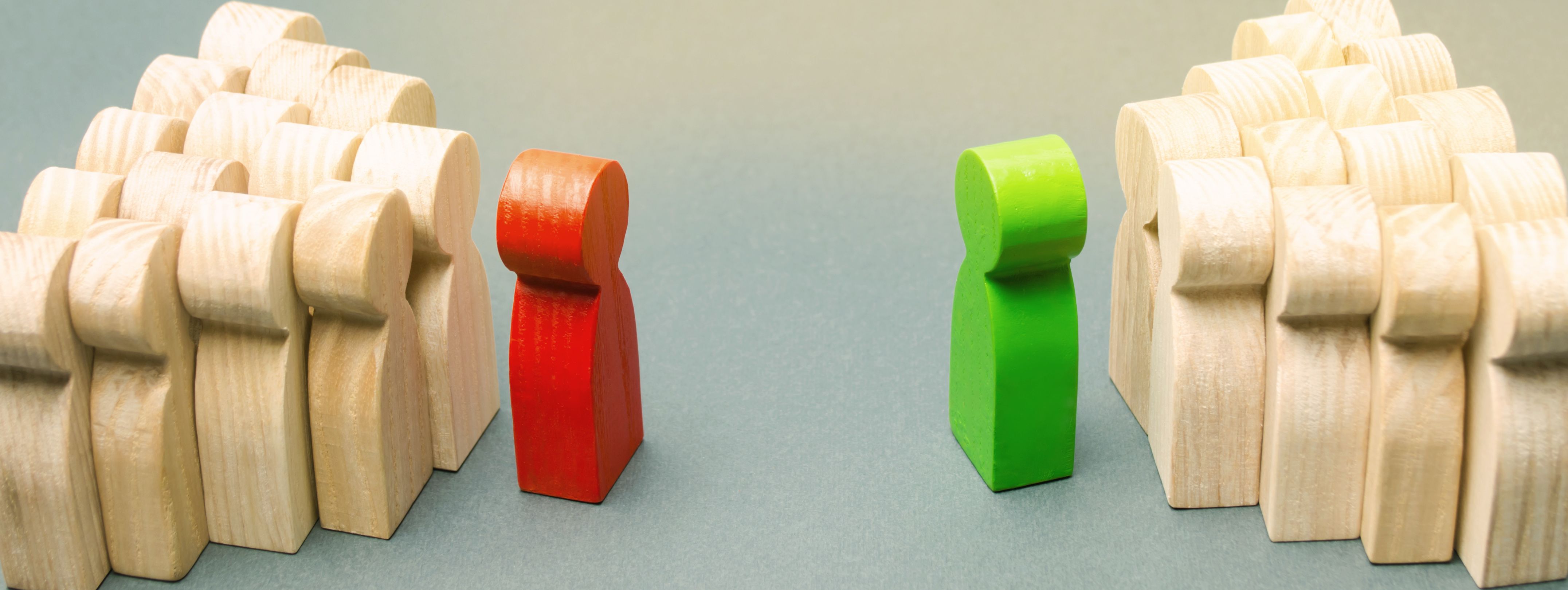Article
Bipolar Disorder: The Year Ahead
Author(s):
Let us look at two major trends in our evolving understanding of this complex mood disorder and its treatment, to wrap up 2018 and to consider the year ahead.
©Meec/Shutterstock

Table

RESEARCH UPDATE
Treating bipolar disorder is hard work. Having bipolar disorder is hard work. In the hopes of maintaining your enthusiasm and determination, let us look at two major trends in our evolving understanding of this complex mood disorder and its treatment, to wrap up 2018 and to consider the year ahead.
Bipolar causes and treatment corollaries
Imagine having or treating Type 1 diabetes before pancreatic insulin deficiency was understood, and the excitement that would accompany the discovery of that mechanism. While we are not on the verge of such a discovery in bipolar disorder, at least six seemingly independent mechanisms have been identified (Psychiatric Times reviews are linked below). Imagine what will happen when the way they interact is better understood.
1. Circadian: the sleep dysregulation pathway
2. Inflammation: the immune-based pathway
3. Hormonal: the steroid and thyroid pathways
4. Mood bias: the reward sensitivity pathway
5. Stress: the glucocorticoid pathway
6. Mitochondrial: the energy pathway
Consider some treatment corollaries for each of these pathways:
Pathway
Treatment Corollaries
Circadian
Cognitive Behavioral Therapy for Insomnia: Bipolar-Specific (CBT-IB)
Dark Therapy (amber lenses)
Light Therapy (light box, dawn simulator)
Chronotherapy: adding wake therapy to the above
Inflammatory
Probiotics lowered rehospitalization rates. Patients with high inflammation markers may need different treatments
Hormonal
Anticipate worsening with prednisone; avoid testosterone; monitor when estrogen and progesterone are introduced, and watch closely for post-partum depression. Thyroid hormone has a role in mood management
Mood Bias
Incorporate in bipolar-specific CBT: “Clients are educated in identifying increased self-esteem and “positively biased” cognitions as indicators of possible hypomania/mania”1
Stress
Mindfulness-Based Cognitive Therapy for bipolar disorder; initial data positive2
End poverty and childhood maltreatment? (a larger project)
Mitochondrial
Multiple bipolar treatments are neuroprotective: lithium stands out; it may even decrease Alzheimer disease risk
Conclusion: there is no single “cause” of bipolar disorder, just as there is no single gene. Tackling this illness is more complicated than managing diabetes, where the pathways of the disease are known and the corresponding treatments well defined. Ironically, diabetic education is paid for by insurance, but not “bipolar education.” Which brings us to an evolution in bipolar management…
Personal self-management
There are now at least 6 bipolar-specific psychotherapies with randomized trial evidence for benefit greater than treatment as usual (or in some cases versus active control treatments). They share common ingredients, as shown in the Table.
Personal self-monitoring is a central element in most of these therapies, but patients do not easily maintain logs of their activity, sleep, and mood. The process is cumbersome at minimum, even using modern smartphone apps. Worse, it is a daily reminder of their illness. Patients avoid this aversive reminder, understandably wishing to not have bipolar disorder.
However, at least two major research teams have developed passive monitoring systems. Using a patient’s phone, these programs gather data on number of calls and texts; typing speed and errors; and the time of use. The phone’s accelerometer yields additional data on sleep versus activity.
The BiAffect program is under study at the University of Michigan, where the team reports good correlation between the program’s data and Hamilton Depression Rating Scale (HAM-D) and Young Mania Rating Scale (YMRS) scores.3
The MONARCA program also has shown good correlation with HAM-D and YMRS scores.4 Interestingly, it did not improve outcomes when tested against treatment as usual: depression and mania scores did not differ between the two groups.5
However, in my view the major value of these programs will not be manifest if the goal is to provide clinicians with data to better manage their patients, as in the MONARCA study. Rather, their value will be in enabling patients to better manage their own mood stability. The phone app is simply a tool to engage patients in a much larger endeavor: implementing key elements of the six bipolar-specific psychotherapies.
I hope that 2019 brings such a transition in the use of these devices. When they are available to the public (the free BiAffect app appears to be available now for iPhones), pioneering clinicians and patients will figure out how to integrate them into a complete treatment package, paralleling some of the known mechanisms of bipolar disorder. For example:
- creating and maintaing a pattern of regular sufficient sleep
- avoiding mood-bias driven decisions, by having data on acceleration or deceleration of thought and activity
- receiving automatic reminders to use a mindfulness-based relaxation technique
- facilitating medication adherence
- and more advances we have yet to imagine
Solving poverty and child abuse may take a bit longer. Onward to 2019!
Disclosures:
Dr. Phelps stopped accepting honoraria from pharmaceutical companies in 2008 but receives honoraria from McGraw-Hill and W.W. Norton & Co. for his books on bipolar disorders, including Bipolar, Not So Much, a book he coauthored with Chris Aiken, MD.
References:
1. Nusslock R, Abramson LY, Harmon-Jones E, et al. Psychosocial Interventions for Bipolar Disorder: Perspective from the Behavioral Approach System (BAS) Dysregulation Theory. Clin Psychol. 2009;16:449–469. https://www.ncbi.nlm.nih.gov/pmc/articles/PMC2790718/
2. Lovas DA, Schuman-Olivier Z. Mindfulness-based cognitive therapy for bipolar disorder: A systematic review. J Affect Disord. 2018;240:247-261.
3. Zulueta J, Piscitello A, Rasic M, et al. Predicting Mood Disturbance Severity with Mobile Phone Keystroke Metadata: A BiAffect Digital Phenotyping Study. J Med Internet Res. 2018;20;e241. https://www.ncbi.nlm.nih.gov/pmc/articles/PMC6076371/
4. Faurholt-Jepsen M, Vinberg M, Frost M, et al. Smartphone data as an electronic biomarker of illness activity in bipolar disorder. Bipolar Disord. 2015;17:715-728.
5. Faurholt-Jepsen M, Frost M, Christensen EM, et al. Daily electronic monitoring of subjective and objective measures of illness activity in bipolar disorder using smartphones: The MONARCA II trial. American Psychiatric Association (APA) 2018 Annual Meeting; May 5-9, 2018; New York City. Poster 40.






